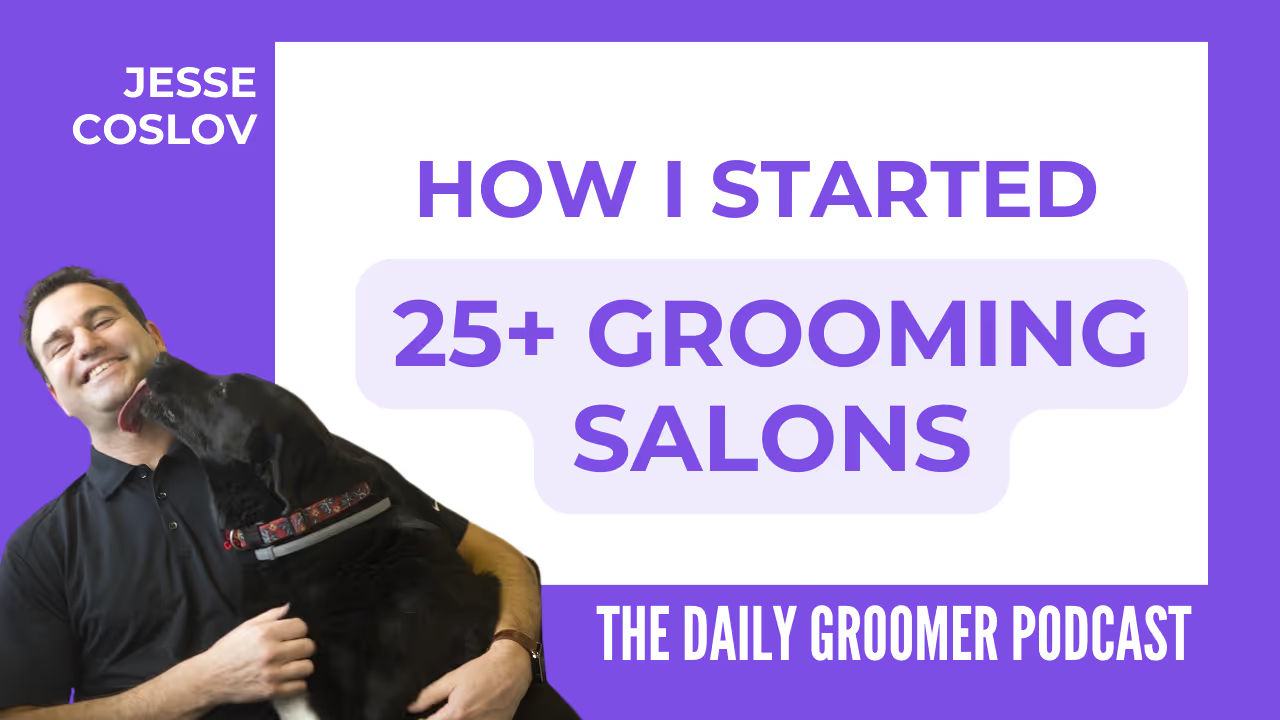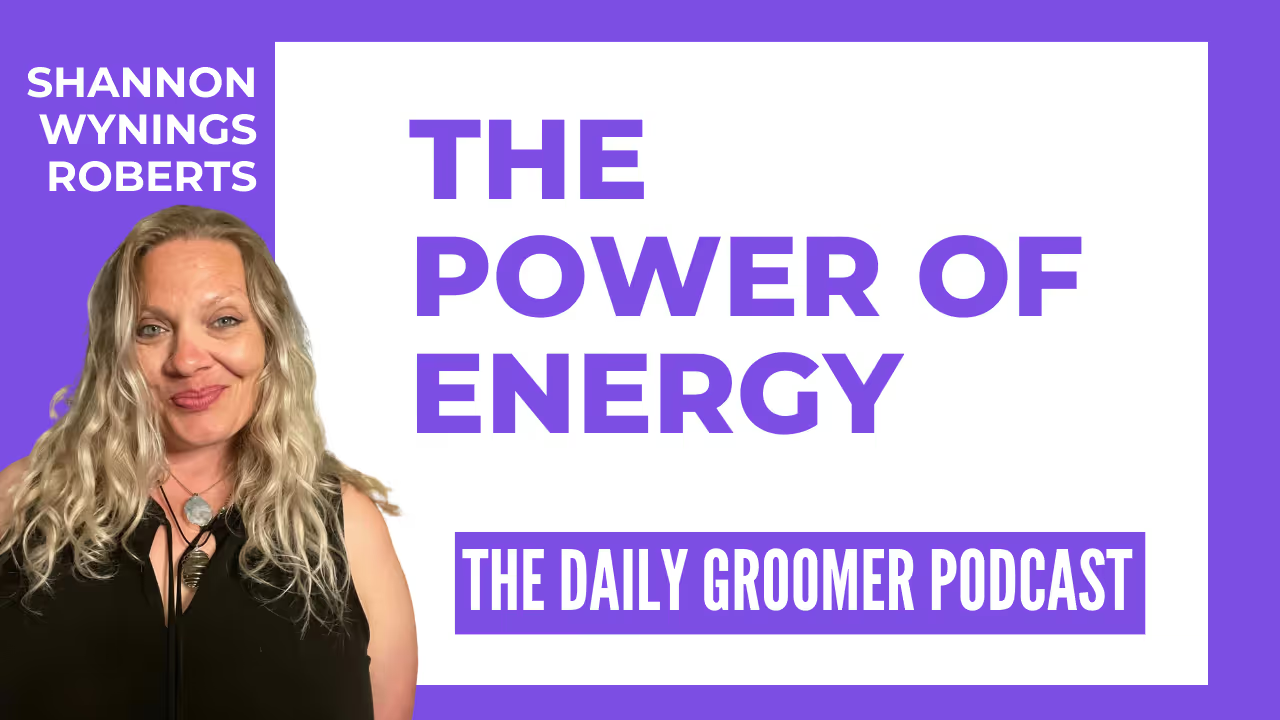Small Dogs vs. Big Dogs: Grooming Tips for Every Size
Learn expert tips to ensure a successful grooming experience for every size

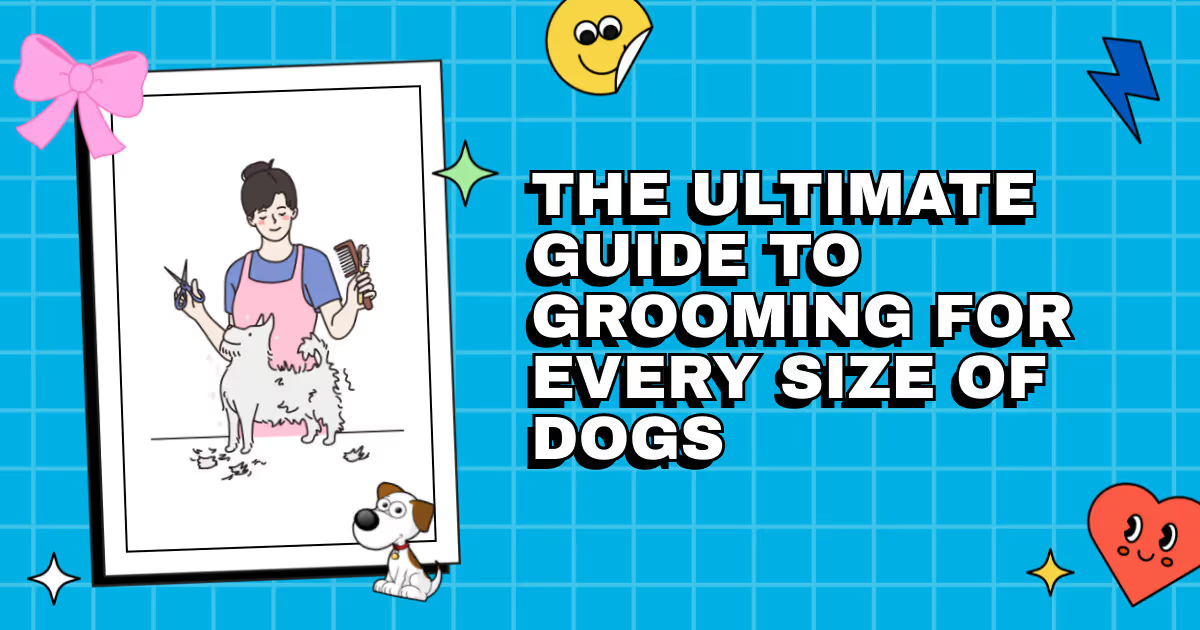
Small Dogs vs. Big Dogs: Grooming Tips for Every Size
Understanding the Key Differences
As professional dog groomers, we know that grooming small dogs and big dogs require different techniques and approaches. It's important to understand the key differences to ensure a successful grooming experience for both you and the dog.
Small dogs, such as Yorkshire Terriers or Shih Tzus, tend to have more delicate frames and can be more sensitive to grooming procedures. On the other hand, big dogs like German Shepherds or Golden Retrievers possess larger bodies and more fur, which can present unique challenges during grooming.
Grooming Small Dogs
When grooming small dogs, it's crucial to prioritize their safety and comfort. Here are some tips to keep in mind:
1. Patience and Gentle Handling
Small dogs can be easily intimidated by the grooming process, so it's important to approach them with patience and gentleness. Take your time to build trust, ensuring they feel safe and secure throughout the grooming session.
2. Proper Brushing Technique
Small dogs often have long, silky coats that require regular brushing to prevent matting and tangles. Use a soft-bristle brush or a slicker brush with care, being mindful of their sensitive skin. Take breaks during brushing to give them a chance to relax.
3. Nail Trimming and Paw Care
Trimming small dogs' nails can be a delicate task. Use sharp, high-quality clippers and be cautious not to cut too close to the quick. Additionally, pay attention to their paw pads and keep them clean and moisturized.
Grooming Big Dogs
Grooming big dogs with their larger size and more furs requires some additional considerations. Here's what you need to know:
1. Establish a Routine
With big dogs, establishing a regular grooming routine is essential. Consistency helps them become familiar with the process and makes grooming more manageable for both of you. Stick to a grooming schedule to maintain their coat health.
2. Use the Right Tools
Big dogs often have thicker fur, so using the right tools is crucial. Invest in high-quality brushes, such as a slicker brush or a deshedding tool. These tools are designed to handle the volume of fur and effectively remove loose hair.
3. Bathing Techniques
Bathing big dogs can be challenging due to their size. Use a sturdy, non-slip surface to prevent accidents and make sure to thoroughly rinse out all shampoo residue from their thick coats. Consider using a handheld showerhead for better control and ease of rinsing.
In Conclusion
Grooming small dogs and big dogs require tailored approaches to address their unique needs. Whether you're grooming a Yorkie or a Great Dane, remember to prioritize safety, gentleness, and patience throughout the process. By understanding the key differences and following these tips, you'll ensure a positive and successful grooming experience for dogs of all sizes.

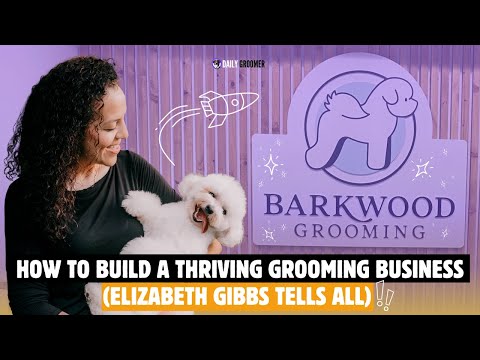












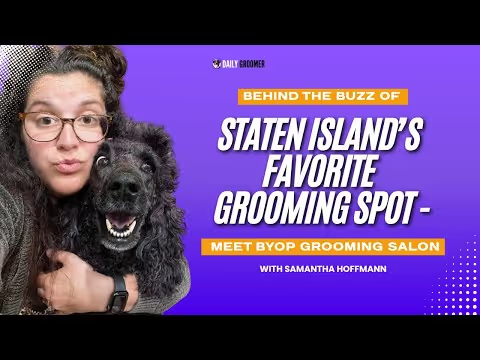


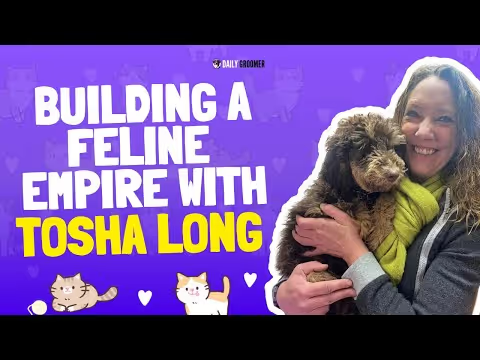



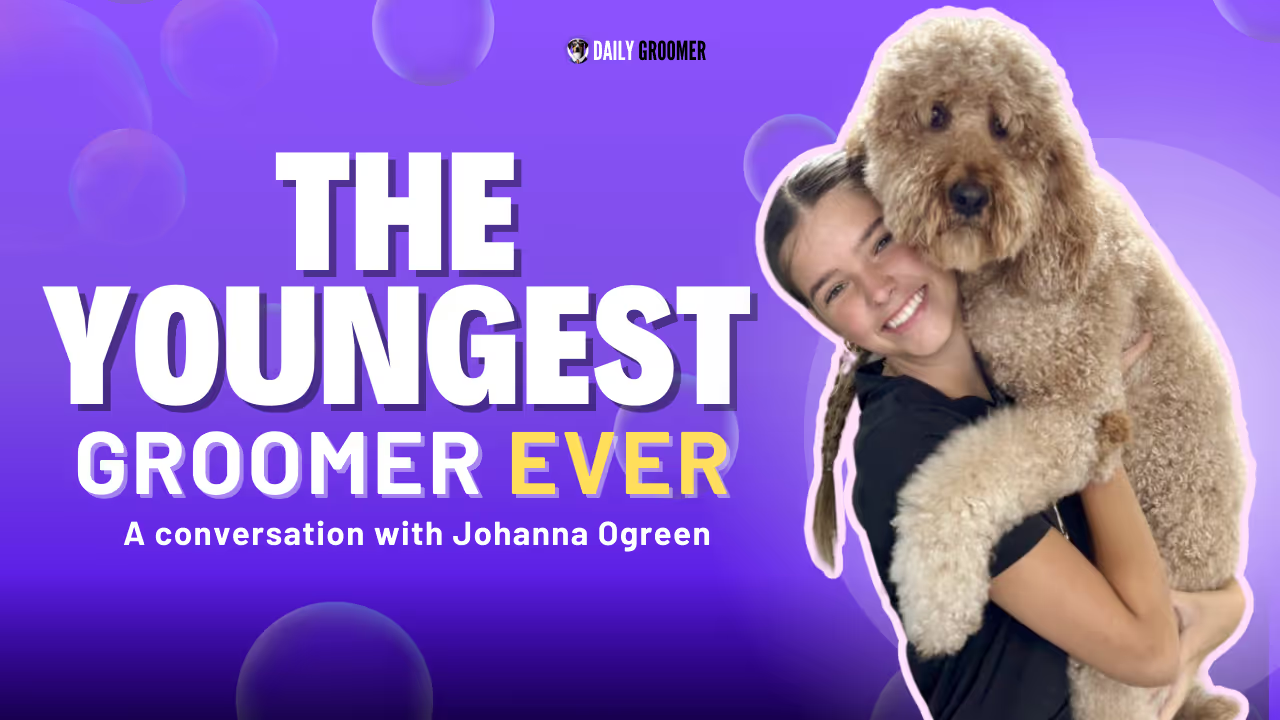
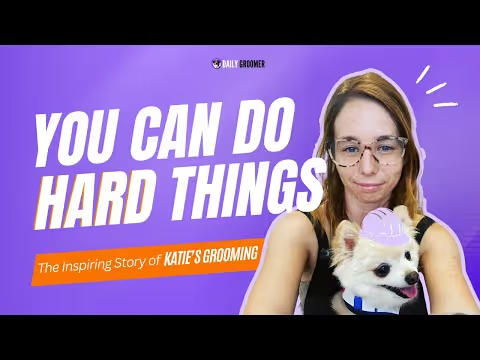


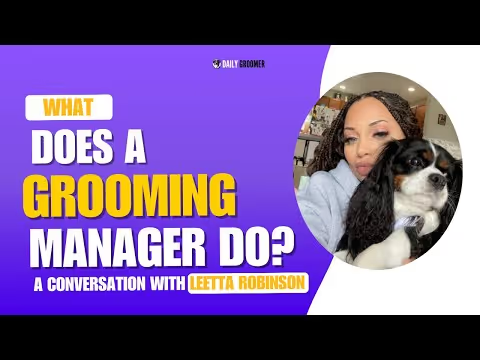



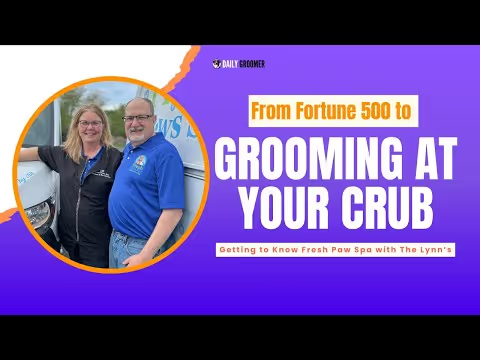












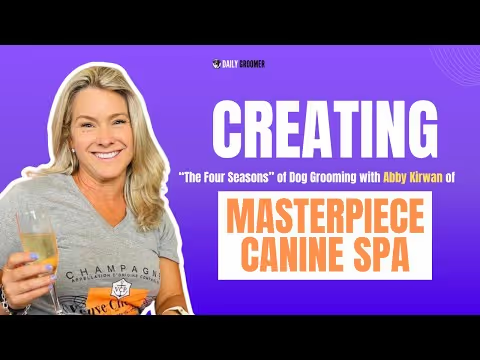


.avif)

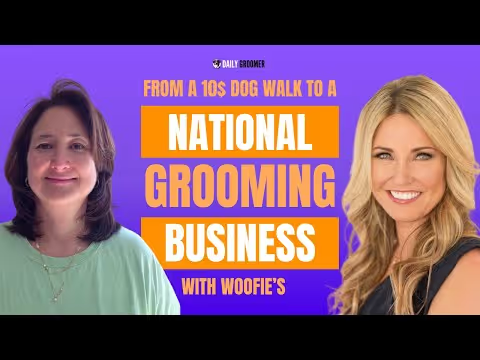










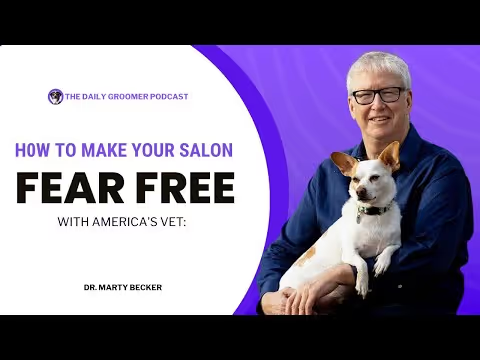



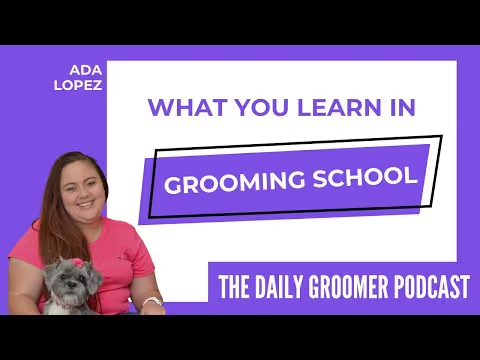



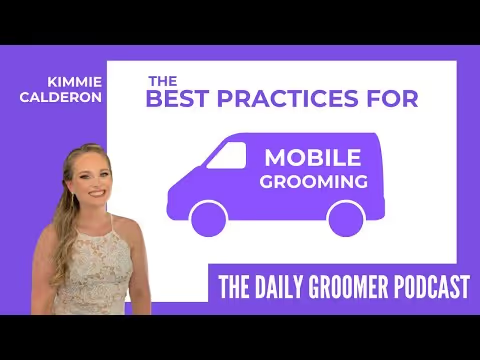
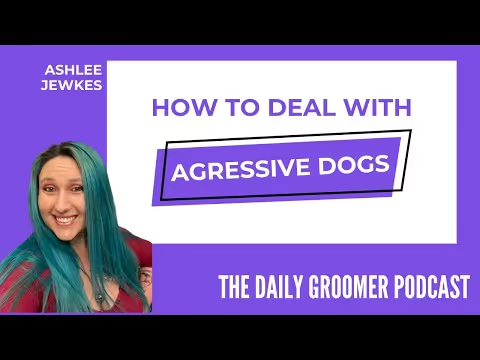
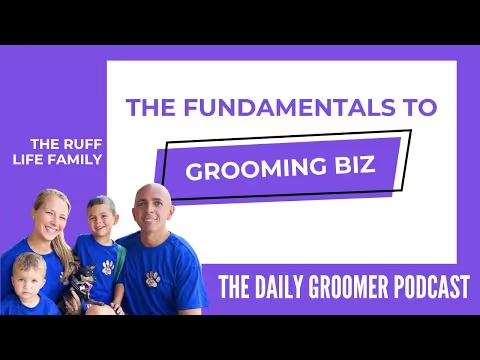


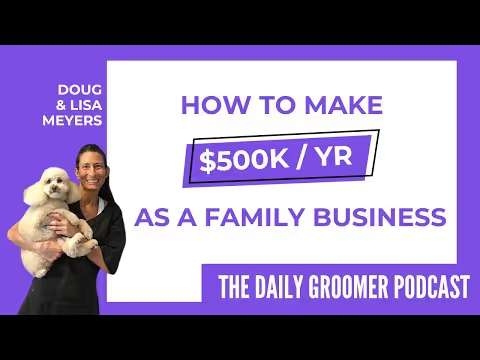
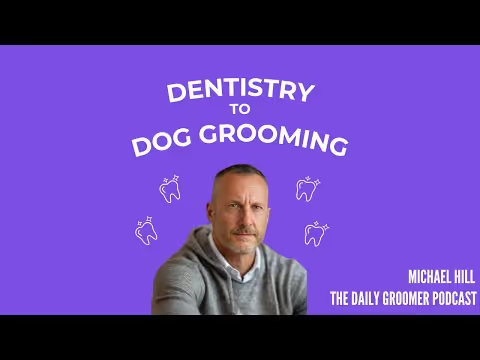
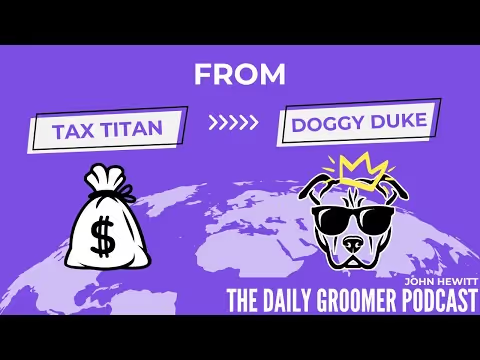



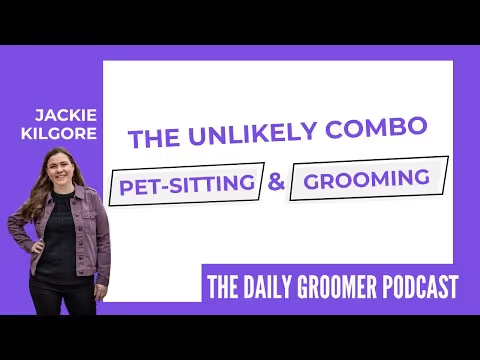


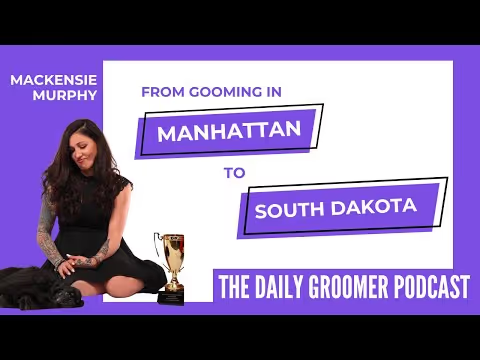
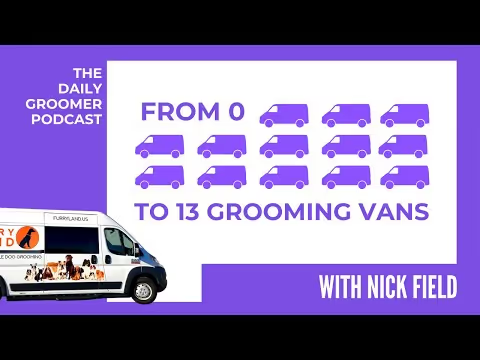
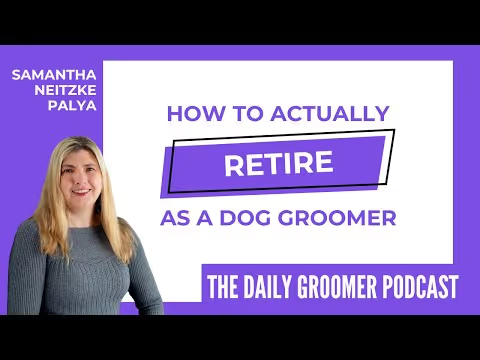



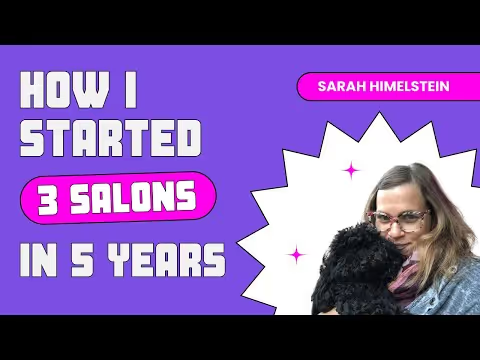




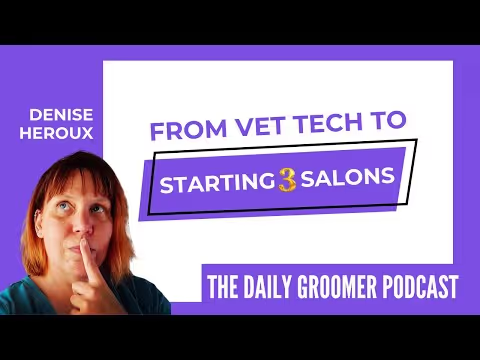

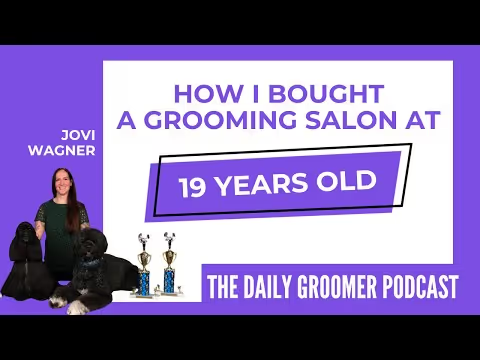

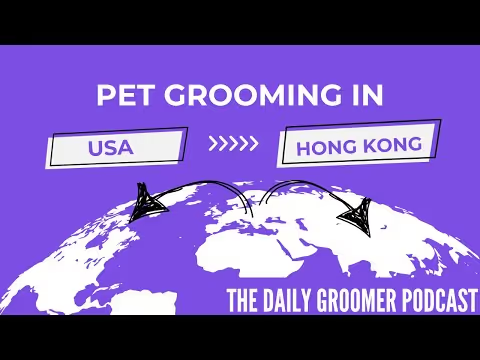
.avif)


